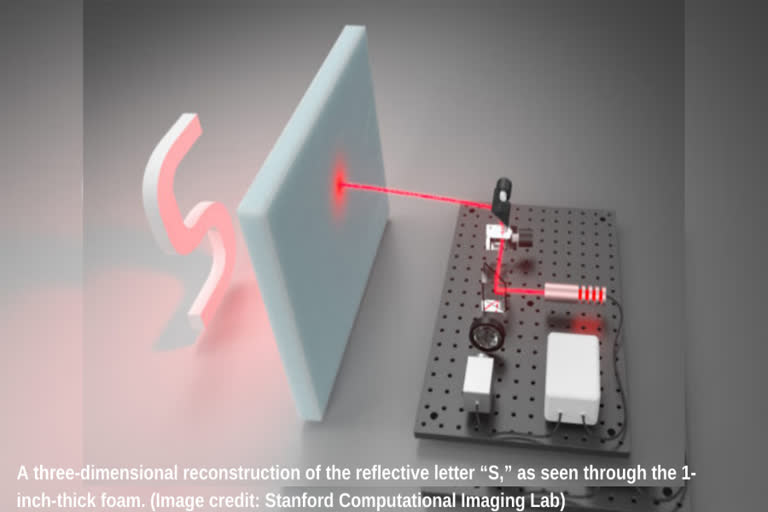California:Tests were performed in which the researchers’ system effectively rebuilt shapes hidden by 1-inch-thick foam. But to the human eye, it was similar to viewing through walls. The tests were described in the Nature Communications journal on September 9, 2020.
Gordon Wetzstein, an assistant professor of electrical engineering at Stanford said, “Lot of imaging techniques make images look a little bit better, a little bit less noisy, but this is something where we make the invisible visible. This is pushing the frontier of what may be possible with any kind of sensing system. It’s like superhuman vision.”
The new method complements other kinds of vision systems that can view through barriers on the microscopic scale for use in medicine because the method is more focused on large-scale circumstances such as navigating autonomous cars in heavy rain or fog, and satellite imaging of the surface of planets, including Earth, through the foggy atmosphere.
To view through surroundings that distribute light in every way, the vision system combines a laser with a highly sensitive photon detector that captures every part of laser light striking it.
When the laser scans an obstruction, such as a foam wall, an intermittent photon will manage to travel through the foam, strike the objects that are concealed behind it, and travel back through the foam wall to reach the detector.
The software, supported by the algorithm, subsequently utilizes those few photons and also data about when and where they strike the detector to rebuild the concealed objects in 3-D.
"We were interested in being able to image through scattering media without these assumptions and to collect all the photons that have been scattered to reconstruct the image," said David Lindell, a graduate student in electrical engineering at Stanford.
